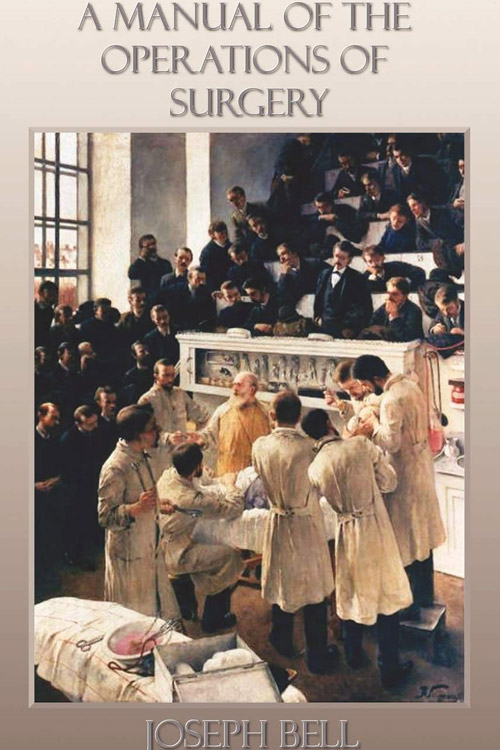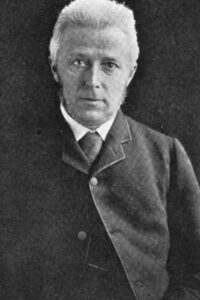
A Manual of the Operations of Surgery
The challenging part of the operation now begins: to isolate the vessel from the spine behind, the inferior cava on the right side, and the plexus of nerves in the cellular tissue all around. The vessel must be cleaned in great measure by the fingernail. Much skill will be required to pass the ligature without unnecessarily raising the ship from its bed, significantly as the vessel itself may very possibly be diseased, and the aneurism of the iliac trunk for which the operation is required will displace and confuse the parts and may have set up adhesive inflammation. Results.—Operation has been performed at least ten times. The first method was by Sir Astley Cooper and Mr James, and the second by Drs. Murray and Monteiro, M’Guire, Heron Watson, Stokes, Mr South, and Czerny of Heidelberg. All the cases proved fatal; Dr. Monteiro survived for ten days and eventually perished from hæmorrhage; the rest all died at shorter intervals.
This brief, thick trunk varies slightly in its relations on the two sides of the body. As the aorta bifurcates on the left side of the fourth lumbar vertebra’s body, the right side’s common iliac would have a more prolonged course to pursue than the left if both ended at corresponding points. However, this is not always the case, as has been pointed out by Mr. Adams of Dublin, as the right common iliac often bifurcates sooner than the left does. With this slight difference, the position of the two vessels is precisely similar, each extending along the brim of the pelvis from the bifurcation of the aorta towards the sacroiliac synchondrosis for about two inches. Sometimes, the division occurs slightly higher, even at the junction of the last lumbar vertebra and the sacrum. This variation depends chiefly on the length of the artery, which, as Quain has shown, varies from one inch and a half to more than three inches.
Read or download Book
Joseph Bell
Joseph Bell FRCSE (2 December 1837 – 4 October 1911) was a Scottish surgeon and lecturer at the University of Edinburgh Medical School in the 19th century.
Biography.
He is best known as an inspiration for the literary character Sherlock Holmes. Bell was the son of Cecilia Barbara Craigie (1813–1882) and Benjamin Bell (1810–1883) and a great-grandson of Benjamin Bell, considered the first Scottish scientific surgeon. Bell studied medicine at the University of Edinburgh Medical School and received an MD in 1859, presenting the thesis “Epithelial cancer: its pathology and treatment.” During his time as a student, he was a member of the Royal Medical Society and delivered a dissertation which is still in possession of the society today. In his instruction, Joseph Bell emphasized the importance of close observation in diagnosing. To illustrate this, he would often pick a stranger and deduce his occupation and recent activities by observing him.
These skills caused him to be considered a pioneer in forensic science (forensic pathology in particular)[citation needed] at a time when science was not widely used in criminal investigation. He served as personal surgeon to Queen Victoria whenever she visited Scotland. He also published several medical textbooks. Bell was a Fellow of the Royal College of Surgeons of Edinburgh (RCSEd), a justice of the peace, and a deputy lieutenant. In 1867, Bell was elected a member of the Harveian Society of Edinburgh and served as president in 1897. In 1876, he was elected a member of the Aesculapian Club. He was elected president of the RCSEd in 1887. Bell wrote the book Manual of the Operations of Surgery, published in 1866.






